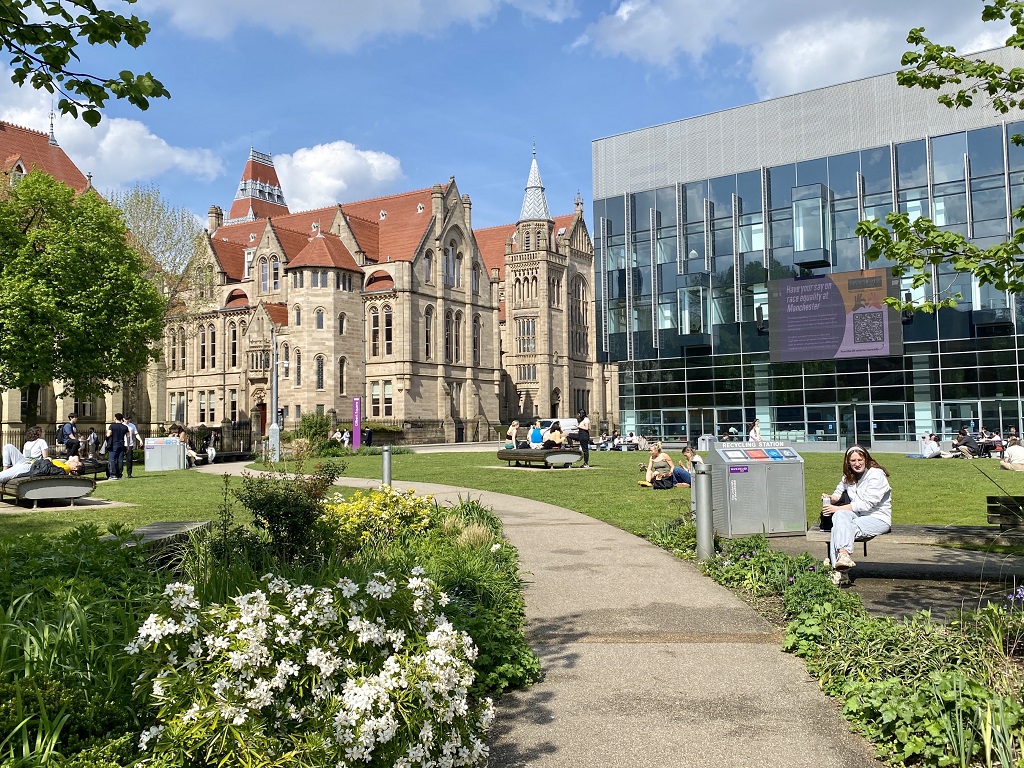Commentary
COMMENT | Gary Neville, green belt, and Greater Manchester’s future economy
How we use land within our cities is something that people have very strong opinions about, writes Paul Swinney of Centre for Cities. Be that building on the green belt, or conserving heritage buildings in city centres, public debate is inspired by these topics, and MIPIM seems just the right forum to discuss the competing agendas for occupation of prime city centre locations.
Centre for Cities’ new report Competition for Space, kindly supported by DAC Beachcroft and due out later this month, will look at these issues. It will investigate how prices for commercial and residential space differ across the country, where there is competition between them, and what this means for policy. This is a preview of some of the report, with a specific focus on Greater Manchester, as a case in point.
One of Andy Burnham’s first actions as Mayor was to order a rewriting of the Greater Manchester Spatial Framework to protect greenbelt land. Gary Neville’s long-running wranglings with Historic England over his St Michael’s development in the city centre has been high profile. And recent debate has focused on the lack of provision of affordable housing in the city centre as part of its recent boom in apartment living. The city also has a shortage of prime office space.
These kinds of debates about land use have big implications for the success of our cities. To be prosperous, cities have to develop their roles as places of production. This allows them not only to create jobs and provide opportunity to their residents, but also make a greater contribution to the performance of the national economy overall. Added to this, they have to provide homes for their residents, making them great places to live as well as to work.
In many places there isn’t much overlap between demand for commercial and residential development – for example, Middlebrooke in Bolton is well positioned for access to the M61 for businesses, but that is less of a draw for residents. Meanwhile, while Sale is des res, it hasn’t got the same pull for businesses.
One place where there is competition for space between commercial and residential is in Manchester city centre. It has become a magnet for businesses in recent years, seeing jobs growth of 84% between 1998 and 2016, which has been driven by expansion of higher-paid, knowledge-based activities. And this has led to a resurgence in city centre living – after a dwindling population in the 1970s and 1980s, it has exploded since 2002, with its number of residents increasing by 175 per cent. As we showed in our Urban Demographics report, this has been driven by young professionals drawn to the city centre because of the access to high-paid jobs and amenities that it offers.
While good news for the city, these trends create a challenge for policy in determining how land should be allocated – should it be given over to commercial usage, or should it instead be used to build more residential units?
For Manchester this hasn’t been a big issue to date – land availability has historically not been a problem in the city centre. But as its resurgence continues and more and more land is developed, it is likely to become an increasing problem in the future, underlined by recent reports of a shortage of prime office space.
As the gatekeeper of many of the decisions on how land should be used, the local authority has a lot of control over how city centre land is used. But this power has been eroded somewhat in recent years with the introduction of Permitted Development Rights. One of the things PDR allows is the conversion commercial space into residential (but not the other way round) without planning permission. This poses an obvious threat to the provision of commercial space in successful city centres like Manchester. And because of the increasing desire of more knowledge-based businesses to want a city centre location, this is a risk to the city-region’s economy as a whole.
Competition for Space, out later in March, further explores the PDR issue, other modifications to planning law, how change needs to be based on a deep understanding of the different geographies of the economies of different locations in the country and how co-ordinated approach to the management of the built environment will help us manage the demand for space.
- Paul Swinney is principal economist at think tank Centre for Cities





